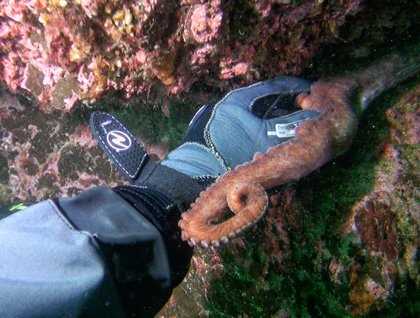Upon anchoring National Geographic Sea Bird in the protected waters of Pavlof Harbor, we immediately noticed splashing near a salmon stream. After quickly dropping our fleet of expedition landing craft and loading all the guests, we watched a sibling pair of brown bears wrestle and chase one another from the safety of our trusty boats. Eventually the bears got back to work and headed for splashing pink and chum salmon fighting diligently to their spawning grounds. We floated yards away from wild bears doing exactly what wild bears should be doing this time of year: fishing. Although the young bears were obvious greenhorns, they still managed to consume several pink salmon, preferring the fatty brains and head rather than their spawn-induced degrading flesh. Sitting in near silence, accompanied by the droning rush of riffles and falls, the bears sat alert, ears facing forward, eyes prying the water for any sign of an oncoming fish. And we watched for hours. No one dared return to the ship. One bear appeared and the trio of mom and cubs left. Another bear appeared like a shadow from the forest. Who dares leave this primal scene before the last possible second? “Kayaking has been canceled. We’re staying.”
Yet not all of us would be. With the second mate Chris and wellness specialist Amy by my side, the three of us donned dry suits and dove into Pavlof Harbor’s green water. This particular dive site has a few very interesting residents and for the past four years we have been exploring every nook and cranny looking for interesting animals to film for our guests. Besides the obvious schools of dusky rockfish and cityscape of plumose anemones, there are piles of shells from scallops to cockles to crabs, all situated around small crevices or boulders. These are the middens created by Pacific giant octopuses. To me these are the most fascinating animals in Southeast Alaska and this time of year we are seeing interesting behavior being displayed by breeding octopus. Although this means our denizens will soon die after completing their life history, it does mean fish will be fed and a niche will be open for the next generation of intelligent, inquisitive, and impressive invertebrates. It’ll be a sad day when our giants are gone, but the productive waters of Southeast Alaska and the reliable salmon stream of Pavlof Harbor will hopefully ensure that we’ll have new playmates next season.









